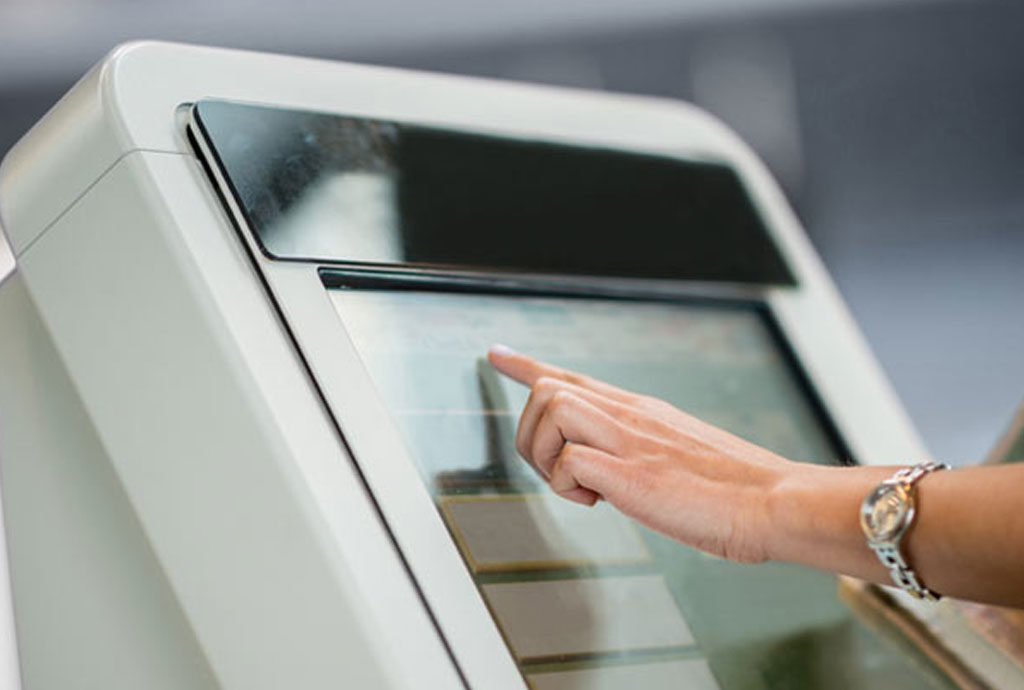Aircraft Deicing 2.0: Mastering the Challenges of COVID-19
To ensure a safe take-off during the winter, operators place special attention on aircraft deicing. Since this process is time and cost consuming, it must be executed efficiently to avoid delays. Unlike previous years, the Coronavirus adds some complexity. Specifically, companies must comply with new safety regulations, while dealing with reduced capacity. How can these challenges be overcome?
COVID-19: Tips To Resume Flight Operations
To control another wave of Coronavirus, countries like Germany and the UK imposed another lockdown. Restrictions on international travel affected booking numbers, for which airlines had to cancel several flights. Now that these measures are about to be eased in the coming weeks, carriers need strategies to resume flight operations efficiently. Read here how to achieve that.
Agile Air Cargo Handling Processes Thanks to Artificial Intelligence
After months of great turbulence, the air cargo industry sees some positive trends. Airfreight demand continued its gradual recovery in October with volumes 3% higher than September. As the global trade peak season is right around the corner, airlines need to prepare for ramping up operations. Read here how AI can facilitate agile air cargo handling processes.
How to Build Airport Operational Resilience to Overcome COVID-19
With the Coronavirus restraining air travel worldwide, airports face one of the biggest challenges in history. Processes must be adapted to address new health risks as cost-efficiently as possible. Measures like physical distancing help keep the public safe. But what about the long run? What strategies can help to build airport operational resilience?
Planning For Enhanced Aircraft Cleaning in The New Normal
The cleanliness of an airplane has never been more important. In a recent IATA passenger survey, 79% of the respondents showed concern about catching COVID-19 on a flight. A thorough planning of aircraft cleaning measures is essential to reinstall confidence in air travel. Read here what managers can do to optimize the implementation of enhanced sanitizing.
4 Steps to Effectively Implement Social Distancing in Airport Operations
The Coronavirus has forced airports to rethink their business. As the pandemic unfolded, physical distancing became the norm to limit the virus spread. Now that travel numbers have been gradually increasing, questions have been raised about how feasible it is to keep this measure. Read here, what steps can help optimally implement social distancing in airport operations.
Restoring Passenger Confidence in the Post-COVID-19 Era
Airlines and airports worldwide will have to brace for a lengthy recovery. They find themselves hampered by low demand as people postpone their travel plans due to COVID-19 concerns. To overcome this, the industry must adjust to changing customer expectations. Read here what steps the industry can take to restore passenger confidence.
4 Tips for Carriers to Enhance Air Cargo Capacity Utilization
The Coronavirus has brought unprecedented logistical challenges for the global air transport. Border restrictions and reduced travel demand have caused the grounding of approximately 43% of widebody passenger planes. This has impacted the industry severely as jets typically supply 50% of air cargo capacity. Read here what strategies air cargo carriers can follow to deal with current utilization constraints.
How to Make Airport Operations COVID-19 Compliant
From enhanced cleaning to physical distancing, the Coronavirus is reshaping airport operations worldwide. As passenger traffic begins to increase, managers have to face new regulatory requirements for keeping services running. Meeting these guidelines is key to ensuring the public’s well-being and remaining competitive. Read here, how health protocols can be planned efficiently within airport processes.
COVID-19 and the Challenge of Managing Flight Schedules
The changing governmental restrictions and volatility in air travel demand make it difficult for carriers to have stable flight schedules. Booking cancellations and flight delays due to COVID-19 further spread results in high operational costs. This situation also impacts passengers´ confidence to travel again. Read here, what carriers can do to improve their schedule management.










